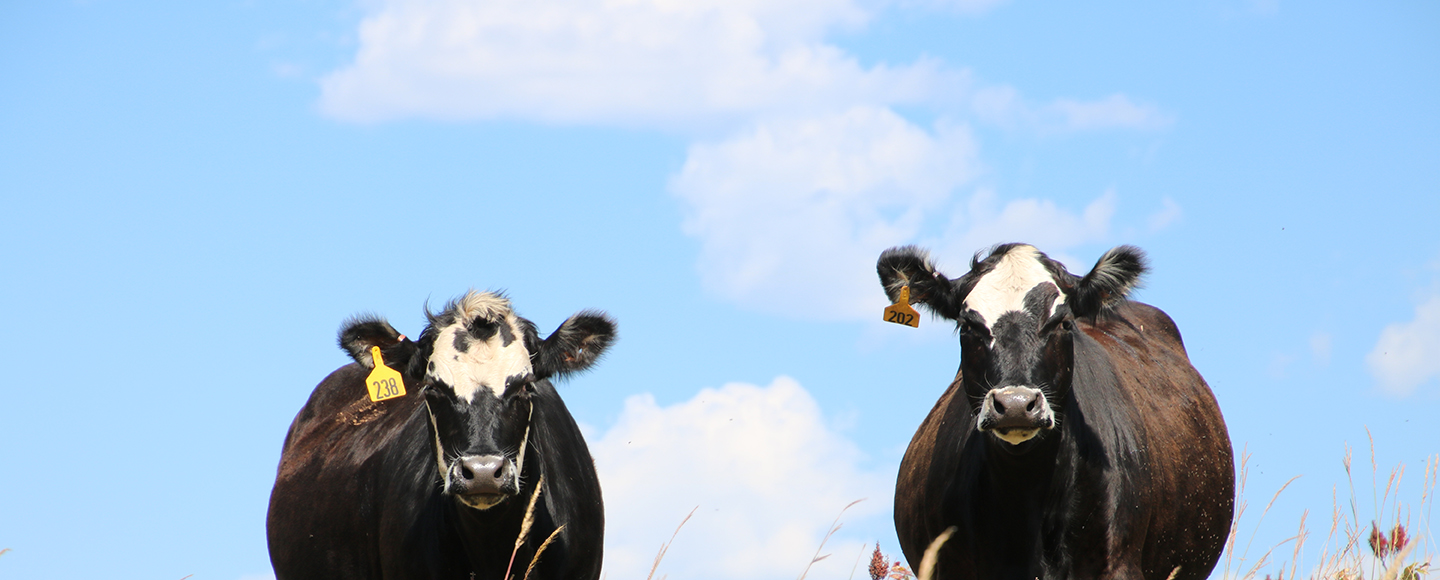
On November 22, the chief veterinary officer of Mexico notified USDA’s Animal and Plant Health Inspection Service (APHIS) that a cow was found to be infected with New World screwworm (NWS). The animal was located at an inspection checkpoint in the southern Mexican state of Chiapas, which is close to the Mexico/Guatemala border.
Due to the finding, APHIS has restricted the importation of animal commodities originating from or passing through Mexico, including live cattle and bison. However, the agency is working to establish and implement protocols for cattle that are free of NWS to resume trade as safely and as quickly as possible.
NWS are fly larvae that infest the living tissue of warm-blooded animals, causing infection. They most often enter an animal through an open wound, which can range from a thorn scratch to an insect bite to a laceration. The newborn umbilicus of calves, branding sites, etc., also can be entry points. Adult screwworm flies are about the size of a common housefly or slightly larger. They have orange eyes, a metallic blue or green body and three dark stripes along their backs.
Over the past year, NWS flies have moved from Panama and Costa Rica through Central America to invade Nicaragua, Honduras and, most recently, Guatemala. NWS was eradicated from the U.S. in 1966 using the sterile insect technique.
NCBA has been following this issue for months and is working with all pertinent partners in the U.S. and Mexico to make sure resources are available to once again control and eradicate NWS. This includes communicating with Congress and APHIS about securing resources for sterile fly facilities in Central America, gaining immediate support for existing sterile fly production, considering the possibility of constructing a sterile fly facility at the U.S. border, and determining areas of collaboration with U.S. Customs and Border Protection.